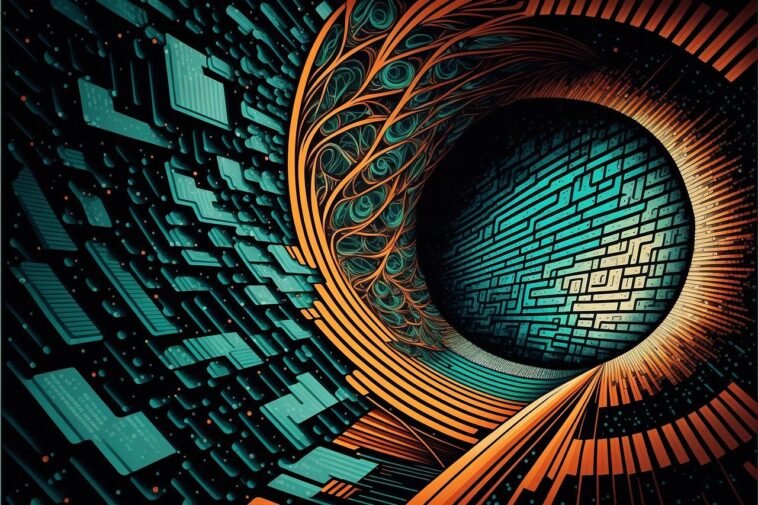The Origin of Hyperloop
Invented by Elon Musk in 2013, Hyperloop is a cutting-edge transportation concept that involves pods traveling through vacuum-sealed tubes at speeds exceeding 700 mph. Originally proposed as a solution for high-speed travel between Los Angeles and San Francisco, Hyperloop has since evolved into a global phenomenon.
Breakthroughs in Hyperloop Technology
Over the years, hyperloop technology has seen significant advancements. Companies like Virgin Hyperloop and SpaceX have made strides in developing efficient propulsion systems, reducing air pressure inside the tubes, and enhancing pod design for maximum speed and safety.
Hyperloop in 2025
By 2025, Hyperloop networks have been established in several countries, revolutionizing long-distance transportation. Commuters can now travel between cities hundreds of miles apart in a matter of minutes, reducing travel time and carbon emissions significantly. The convenience and speed of Hyperloop have made it a preferred choice for both business and leisure travel.
Why Hyperloop Matters
Hyperloop holds the key to a more sustainable future by offering an environmentally friendly alternative to traditional modes of transportation. With its minimal environmental impact and high efficiency, Hyperloop has the potential to reshape the way people commute, work, and connect with each other on a global scale.
The Future of Hyperloop
As Hyperloop technology continues to evolve, one cannot help but wonder: Will Hyperloop become the primary mode of transportation in the near future, surpassing even air travel in speed and convenience?


